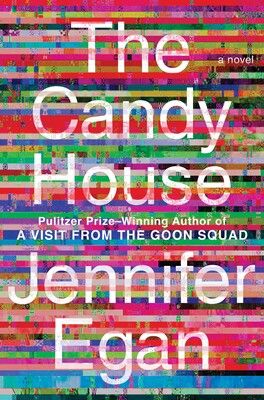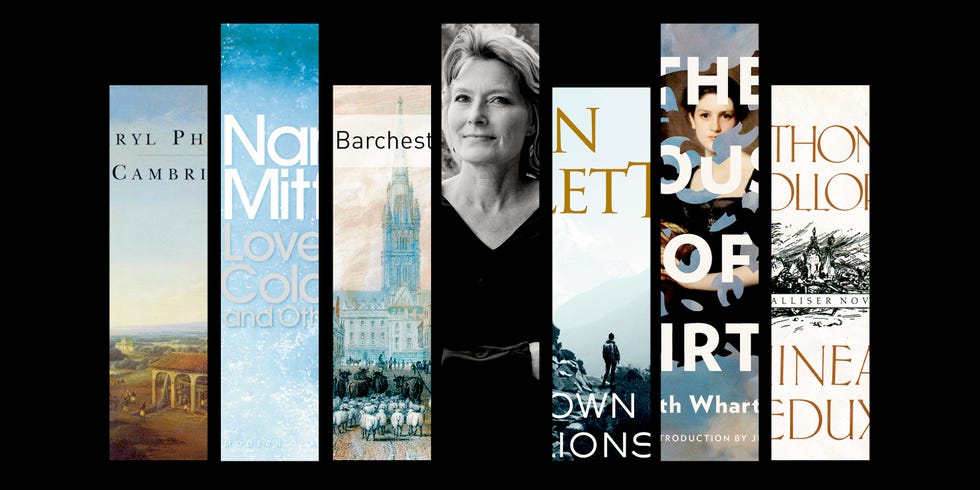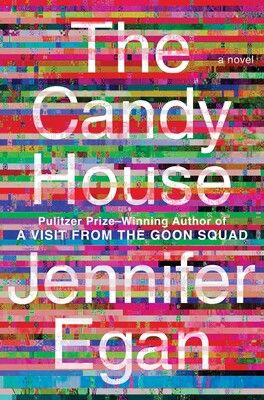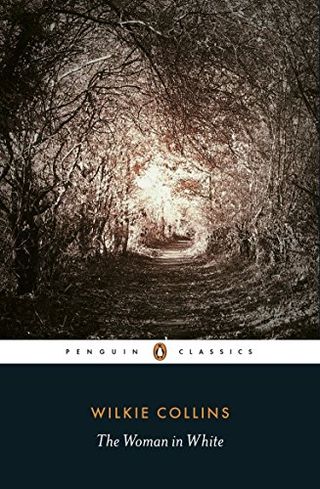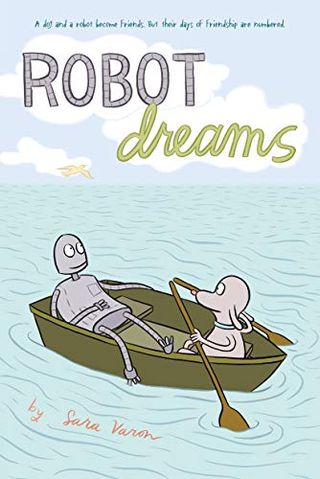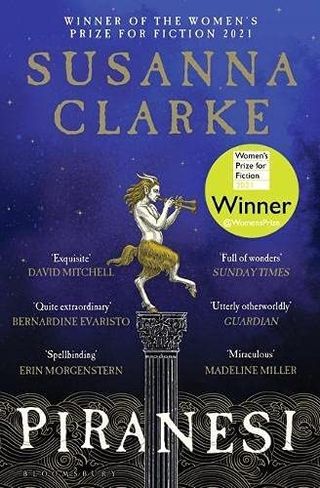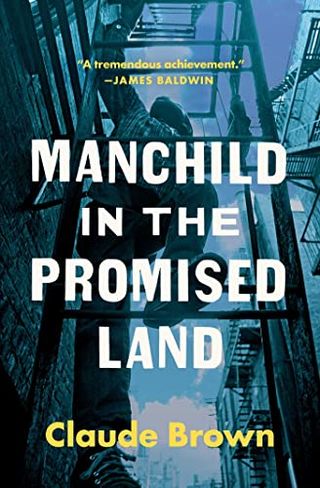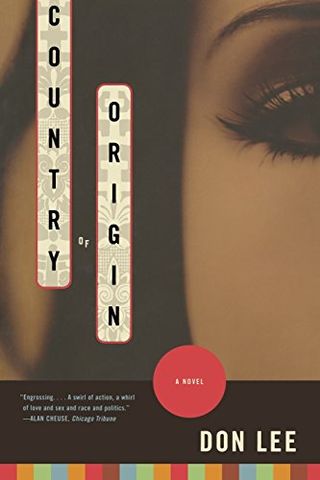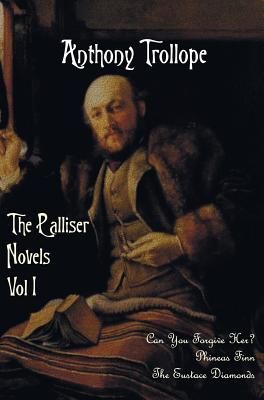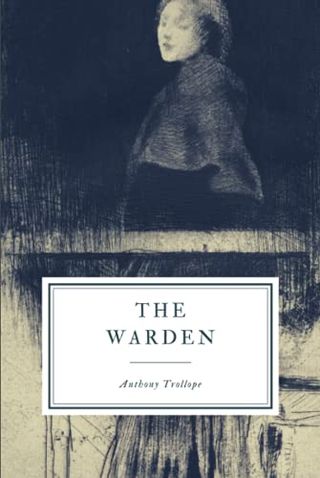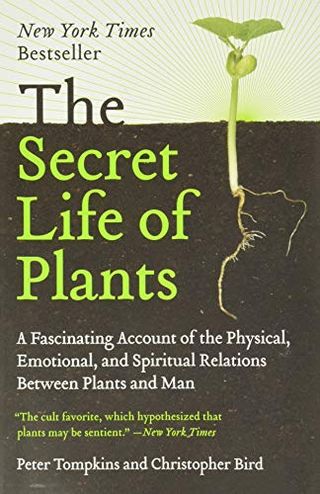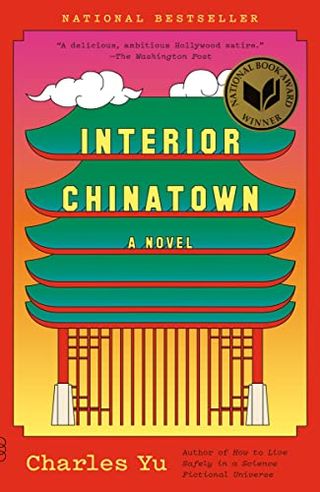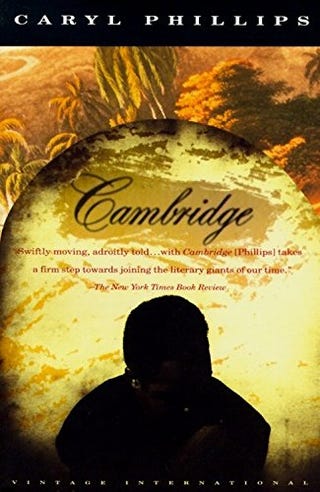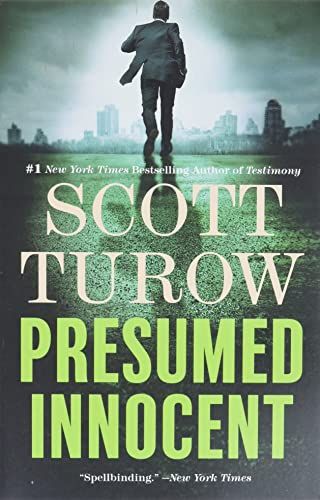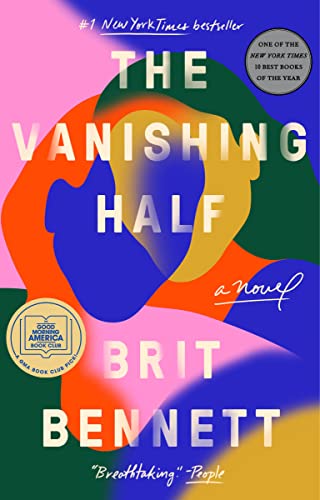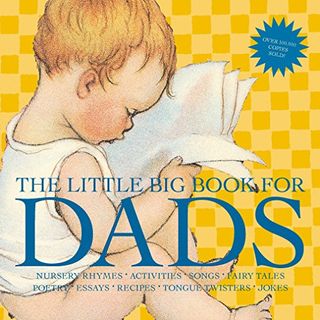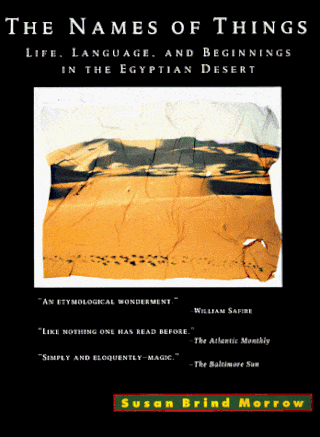Shelf Life: Jennifer Egan
Welcome to Shelf Life, ELLE.com’s books column, in which authors share their most memorable reads. Whether you’re on the hunt for a book to console you, move you profoundly, or make you laugh, consider a recommendation from the writers in our series, who, like you (since you’re here), love books. Perhaps one of their favorite titles will become one of yours, too.
More than a decade since Jennifer Egan’s Pulitzer Prize- and National Book Critics Circle Award-winning A Visit From the Goon Squad comes sibling novel The Candy House (Scribner), out April 5. Characters from the former populate the latter, including Bix Bouton, now a tech entrepreneur with a revolutionary yet controversial idea on downloading and sharing human memories.
It is the sixth novel for the Chicago-born, San Francisco-raised, Brooklyn-based Egan, including Manhattan Beach (winner of the Andrew Carnegie Medal for Excellence in Fiction) and Invisible Circus (which was made into a movie starring Cameron Diaz); she has also written a story collection.
The Virgo author, a former PEN America president, learned to read at three; writes novels in longhand on legal pads before typing into a computer; is a cat rescuer/fosterer and gardener/composter; is the fourth Shelf Lifer who was a Jeopardy! clue; was artist-in-residence at her alma mater University of Pennsylvania, where she often planned lectures while on the elliptical machine (her master’s degree in literature is from the University of Cambridge); once wanted to be an archaeologist, doctor, or cop (her paternal grandfather, a Chicago police officer, was personal security for President Harry Truman when he was in town); has had jobs as a catalog model, law firm typist, private secretary to the Countess of Romanones; used to take beta blockers to overcome a fear of public speaking; and has thoughts about salad dressing.
Likes: Kitsch and collecting baseballs, sculptor Sarah Sze and vacuuming, subcultures, birding, 19th-century fiction, cop shows.
The book that…
…made me miss a train stop/kept me up way too late:
Wilkie Collins’s The Woman in White did both. It’s one of the best thrillers I’ve ever read; a Gothic novel that is also a whodunnit, published in 1859 and featuring one of the great literary villains—a charming, menacing bird lover.
…made me weep uncontrollably:
Robot Dreams by Sarah Varon. A graphic novel about love between a dog and a robot that’s thwarted by bad luck. I had to stop reading this with my young son because I couldn’t repress my grief, and thereafter have only looked at it on my own. I’m devastated every time, and I don’t even fully know why.
…I recommend over and over again:
This year, Piranesi by Susanna Clarke—the audio version in particular, read spectacularly by Chiwetel Ejiofor.
…shaped my worldview:
Manchild in the Promised Land by Claude Brown. I read this novel as a young teen, and it made me understand with brutal clarity that my world was a chimera. The book has its problems (as I discovered recently after assigning it to undergrads without rereading), but it altered my perspective.
…I swear I’ll finish one day:
The Demons by Heimito von Doderer: Published in 1956, it’s a long, fascinating examination of Viennese elites between the two world wars, in which the reader can feel the steady rise of Naziism like an underground current gradually gaining strength. The book’s pace is glacial, but I have every intention of finishing it!
…I read in one sitting, it was that good:
Country of Origin by Don Lee. An un-put-downable thriller (and first novel!) involving a young American woman’s disappearance into the criminal night-world of Tokyo. Lee’s fiction has been exploring the complexities of race and ethnicity for decades, and he gets better with every book.
…made me laugh out loud:
Love in a Cold Climate by Nancy Mitford. Contains flat-out hilarious descriptions of life in upper-class England in the 1930s.
…I’d like turned into a Netflix show:
One (or both!) of Anthony Trollope’s great series: the Palliser series, set in London, or the Barchester series, set in rural England. Trollope’s fiction is packed with all the narrative goodies we tend to look for in TV nowadays: a rolling cast of characters; a big story arc; modulation between humor and gravitas; and a broad sweep of time and change. It’s smart and delicious.
…I first bought:
The Secret Life of Plants by Peter Tompkins and Christopher Bird. I was 10 and obsessed with houseplants; I had more than 100 in my bedroom. I still remember learning from that book that a plant can tell if you are thinking about harming it! Not sure if that’s true, but it has stayed with me.
…I last bought:
The Dawn of Everything: A New History of Humanity by David Graeber and David Wengrow, because I’m always looking for a paradigm shift.
…has the best title:
Interior Chinatown by Charles Yu. Genius title; I’m jealous of it! Can’t wait to read the book.
…has the best opening line:
“It started with a summons, a brunette, and a Turk. The summons was in my pocket, the brunette was in trouble, and the Turk was dead.” You Can’t Live Forever by Harold Q. Masur, 1951.
…has a sex scene that will make you blush:
Lie Down with Lions by Ken Follett. A male friend recommended this to me when I was trying to write my first sex scene in The Invisible Circus. I remember thinking it was great, partly because Follett manages to extend the scene over several pages! But I read it in 1993, so no promises!
…should be on every college syllabus:
Cambridge by Caryl Phillips, a short, riveting novel set in the early 19th century and told from the perspectives of an enslaved man on a West Indian plantation and the sheltered, delicate Englishwoman whose father owns the plantation. A vivid reminder that our fictional imaginations can, and should, rove anywhere they want.
…I’ve re-read the most:
The House of Mirth by Edith Wharton. It’s miraculous on every level: the sentence, the paragraph, the cultural, the intellectual. It’s funny, sharp, and deeply tragic. I make new discoveries every time I read it.
…I consider literary comfort food:
Murder mysteries, although often they feel like empty calories after I finish. An exception: Presumed Innocent by Scott Turrow. One of the truly great literary whodunnits. And the movie was long enough ago for a new generation of readers to discover the book without foreknowledge.
…I’d want signed by the author:
The Vanishing Half by Brit Bennett. A friend gave it to me for my birthday last September. As a longtime fan of Nella Larsen’s Passing, I found Bennet’s novel a brilliant entry into a conversation I can’t get enough of—about identity, disguise, doppelgangers, and self-creation in American life.
…that holds the recipe to a favorite dish:
The Macaroni and Cheese recipe in The Little Big Book for Dads. I juice it up with ham, truffle oil, and cayenne pepper.
…taught me this Jeopardy!-worthy bit of trivia:
From Susan Brind Morrow’s stunning memoir/meditation, The Names of Things: a Greek word, “phrix,” which means “the stiffening of water in the wind, or the skin in fear.”
Bonus question: If I could live in any library or bookstore in the world, it would be:
The library of Alexandria—partly as an excuse to visit the Ancient World!
This content is created and maintained by a third party, and imported onto this page to help users provide their email addresses. You may be able to find more information about this and similar content at piano.io

